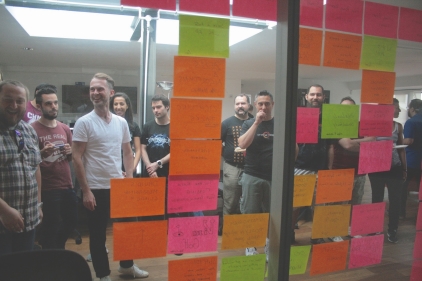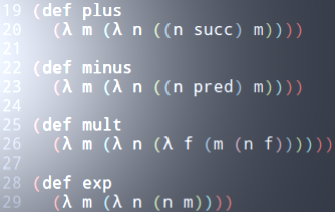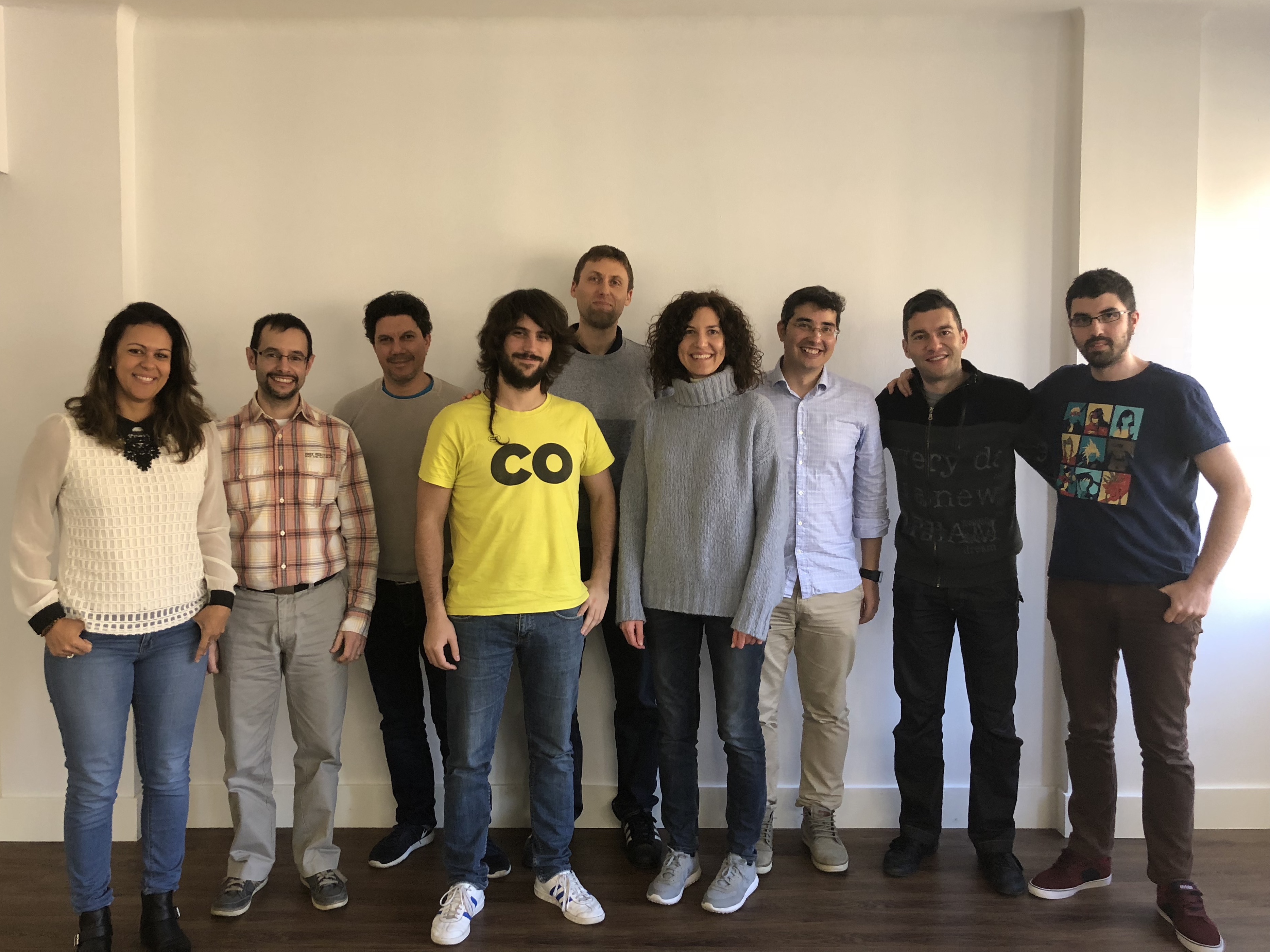CAREER OPEN HOUSE | 31st Jan, 7pm
We’re hiring Java and .NET Craftspeople in London & Barcelona. Come and meet us at our Career Open House on 31st January to learn more.
Approach to Performance Tuning
- By Mashooq Badar
- Posted 20 May 2010
- performance
Performance issues in a application manifest as bottlenecks in one or more of the following 4 layers:
- Application: Application is not designed, developed or configured properly.
- Platform: The platform that the application runs under (e.g. App Servers, Databases etc.) is not setup and configure.
- System: The hardware the platform runs on is not sufficient.
- Network: The network capacity is not sufficient. This is relevant when various parts of the platform are involved in high-bandwidth communication with each other).
The first step in Performance Tuning is to have an environment setup that is a realistic copy of the production. Then we look at what exactly are the performance requirements, these will be expressed in terms of Round Trip Delay and Throughput (number of concurrent requests).
We can then devise some performance tests that exercise the application through typical usage scenarios and execute these tests to collate data that will provide the baseline for subsequent tests. The data can be collated in the following areas:
- Response times and throughput for the over all application
- Response times and throughput for various parts of the platform
- Response times and throughput for various layers of the application
- Resource utilisation both at the platform level (e.g. thread profile, memory profile, socket connections etc.) and system level (CPU utilisation, Disk IO, Network IO etc.)
Once collated and represented in graphical form you can then start looking at indicators where bottlenecks may be occurring. Please note: that these are simply indicators of performance bottlenecks meant to highlight areas which will most likely require further investigation and tests (in isolation) to pin point the exact problem. Performance tuning is an iterative process with the following steps
- Perform Load Test
- Collate and Analyse Test Result Data
- Compare with Previous Test Result Data (if not the first iteration)
- Analyse impact of changes (if not first iteration)
- Check if improvements satisfy the performance requirements
- Analyse to identify bottlenecks
- Investigate and isolate the problem
- Perform remedial action to eliminate bottleneck
Note: You should start with a baseline of results that you can compare the impact of your changes against. You should only tackle one bottleneck at a time making minimum necessary changes before performing another test. Once you have made enough improvements to satisfy the performance requirements then you should stop the tuning process.
Selecting the level of results for your baseline is also important since more granular data require more up-front work. One approach is to start at a higher-level, go through the process to see problems can be identified at that level. If not then create another more granular baseline and repeat the process. It is obviously very important that your environment and test scenarios remain the same as the baseline throughout the process.

We're hiring!
Enjoying this article?
Related Blogs
JVM Profiling: Thread Dumps
- Mashooq Badar
Recent Blogs
Lambda Calculus in Clojure (Part 2)
- Sergio Rodrigo Royo
One Year of Codurance Barcelona
- Guillem Fernandez
Functions
- Christian Panadero Martinez
Applicative Functors and data validation, part II
- Carlos Morera de la Chica
Living a Coderetreat as a facilitator
- Raquel M Carmena
Tetris - Failed Experiment: Next Steps
- Dan Cohen

Software is our passion.
We are software craftspeople. We build well-crafted software for our clients, we help developers to get better at their craft through training, coaching and mentoring, and we help companies get better at delivering software.
Latest Blogs
One Year of Codurance Barcelona...
Functions
Useful Links
Contact Us
London EC1V 0JR
Phone: +44 207 4902967
Carrer Aragó, 208
08011, Barcelona
Phone: +34 689 723 737
Email: hello@codurance.com








